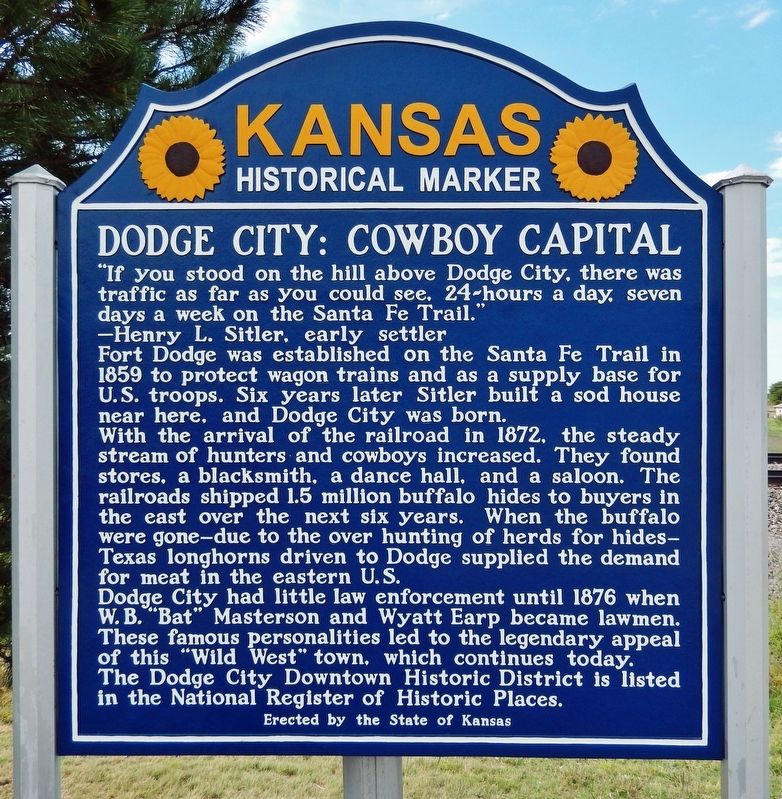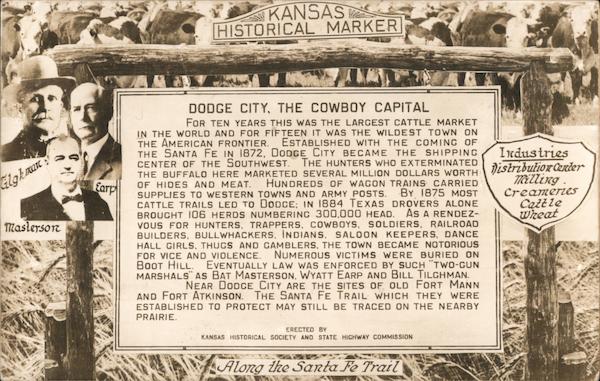
The Enduring Tapestry: Legends of America
The vast expanse of the American continent, settled by diverse peoples and forged through relentless expansion, has proven fertile ground for the growth of legends. From the whispering pines of New England to the sun-baked deserts of the Southwest, and from the industrial heartlands to the remote wilderness, these narratives form a rich tapestry that reflects the nation’s hopes, fears, anxieties, and its evolving identity. More than mere fables, America’s legends are profound insights into the collective psyche, offering a unique historical text that complements the official chronicles. They speak of an untamed land, the triumphs and struggles of its inhabitants, and the perpetual human quest to understand the inexplicable.
The Frontier and the Tall Tale: Forging a National Character
Perhaps no category of American legend is more emblematic of the nation’s formative years than the tall tale, born from the raw experience of conquering a wild frontier. These stories, often exaggerated to heroic or comedic proportions, served not only to entertain but also to define the spirit of resilience, ingenuity, and boundless optimism that characterized the westward expansion.

Paul Bunyan, the colossal lumberjack whose axe carved rivers and whose footsteps created lakes, stands as the quintessential American tall tale hero. Accompanied by his equally massive blue ox, Babe, Bunyan’s feats were always in service of taming the wilderness for human benefit. He logged entire forests in a single swing, straightened out crooked roads, and even invented the hotcake griddle for his hungry crew. These tales, often shared around campfires in logging camps, spoke to the monumental challenges faced by pioneers and the human desire to master nature. They provided a sense of agency and pride, transforming back-breaking labor into epic poetry. Bunyan, though a fictional construct, embodied the American spirit of enterprise and the ability to overcome any obstacle, no matter how immense.
Similarly, Pecos Bill, the legendary cowboy of the Southwest, was said to have been raised by coyotes and possessed a mastery over the harsh desert environment unparalleled by any man. He rode a mountain lion named Widow-Maker, lassoed a cyclone, and even dug the Rio Grande. Bill’s stories, while sharing Bunyan’s hyperbole, often emphasized an individual’s relationship with the land and its creatures, reflecting the unique challenges of ranching and living in arid regions.
A different kind of frontier hero emerged in the figure of Johnny Appleseed, born John Chapman. Unlike Bunyan or Pecos Bill, Chapman was a real historical figure who, in the early 19th century, traveled across Pennsylvania, Ohio, Indiana, and Illinois, planting apple seeds and establishing nurseries. His legendary status grew from his eccentric habits – his simple clothes, his bare feet, his kind demeanor, and his unwavering mission. He was seen as a benevolent wanderer, a man of peace who brought the promise of future harvests to settlers. Johnny Appleseed represents the gentler side of frontier expansion, emphasizing cultivation, sustainability, and a harmonious relationship with nature. His legend underscores the value placed on foresight and the simple act of planting for future generations.
The industrial age, a new kind of frontier, also birthed its heroes. John Henry, the steel-driving man, is a powerful and tragic figure in African American folklore. His legend tells of an immensely strong railroad worker who challenged a steam-powered drilling machine to a race, winning only to die from exhaustion, hammer in hand. The ballad of John Henry is a profound commentary on the human cost of industrial progress, the dignity of labor, and the struggle against technological displacement. It speaks to themes of resilience, sacrifice, and the enduring spirit of the common worker. John Henry’s legend is a poignant reminder that even in the face of insurmountable odds, human will and determination can achieve legendary status, even if at a great personal cost.
Shadows of the Past: Colonial Echoes and Enduring Mysteries
Beyond the sun-drenched tales of frontier expansion, America’s legends delve into darker, more enigmatic territories, often rooted in its colonial past or the persistent mysteries of its landscape. These stories tap into primal fears of the unknown, the supernatural, and the unresolved.
One of the most enduring and atmospherically rich legends from early America is that of The Headless Horseman of Sleepy Hollow. Penned by Washington Irving in 1820, this tale is set in the quiet Dutch settlement of Tarrytown, New York. The ghost of a Hessian trooper, decapitated by a cannonball during the Revolutionary War, is said to ride nightly, searching for his lost head. The legend, and Irving’s masterful telling of it, imbued the Hudson Valley with a gothic romance and a sense of haunting mystery. It reflects anxieties about the recent war, the lingering presence of the past, and the vulnerability of the individual to forces beyond their control. The image of the pumpkin-headed specter chasing the hapless Ichabod Crane has become an iconic piece of American folklore, demonstrating the power of literature to shape and preserve legends.
A far older, and perhaps more chilling, enigma is the mystery of The Lost Colony of Roanoke. In 1587, a group of English settlers, including the first English child born in the Americas, Virginia Dare, established a colony on Roanoke Island, off the coast of present-day North Carolina. When their governor, John White, returned from England three years later, the entire colony had vanished without a trace, leaving only the word "CROATOAN" carved into a palisade post. The fate of the Roanoke colonists remains one of America’s oldest unsolved mysteries, giving rise to numerous theories ranging from assimilation with Native American tribes to massacre, or even supernatural intervention. The legend of the Lost Colony embodies the perils of early colonial ventures, the vastness and unforgiving nature of the new world, and the enduring human fascination with disappearance and the unknown. It serves as a stark reminder of the fragile foothold Europeans initially had on the continent.

Wilderness and the Unknown: Cryptids and the Unexplained
The American wilderness, ever a source of both wonder and apprehension, has long been rumored to harbor creatures unknown to science. These "cryptids" – animals whose existence is unproven – fuel an ongoing fascination with the hidden corners of the natural world and the limits of human knowledge.
The most famous of these is undoubtedly Bigfoot, also known as Sasquatch. This large, ape-like creature, said to inhabit the remote forests of the Pacific Northwest and other heavily wooded regions across North America, is a cornerstone of modern American folklore. Accounts of Bigfoot sightings date back centuries in Native American oral traditions, describing large, hairy humanoids. Modern sightings, often accompanied by blurry photographs, casts of large footprints, or fleeting glimpses, began to gain widespread attention in the mid-20th century. The legend of Bigfoot speaks to a primal human desire for wildness, the idea that there are still untamed places and undiscovered species. It also touches upon the tension between scientific skepticism and individual belief, inviting people to consider what might still lurk beyond the reach of conventional understanding. The enduring appeal of Bigfoot lies in its embodiment of the wild, the mysterious, and the possibility that humanity is not the sole, dominant intelligence in the hidden recesses of the planet.
Another chilling cryptid, though more localized, is the Jersey Devil, also known as the Leeds Devil. For over 250 years, this creature with a horse-like head, bat wings, and cloven hooves has been reported to roam the Pine Barrens of Southern New Jersey. Its origins trace back to a tale of "Mother Leeds," a distraught 18th-century woman who cursed her 13th child, resulting in a monstrous birth. The legend of the Jersey Devil reflects local fears, perhaps a blend of settler anxieties about the dense, dark woods and a cautionary tale against impiety. It’s a testament to how specific landscapes can foster their own unique and terrifying folklore.
The Modern Age: Conspiracy, Sci-Fi, and Enduring Questions
As the nation moved into the 20th century, new anxieties and technologies gave birth to a different class of legend, often intertwined with government secrecy, advanced technology, and the vastness of the cosmos. These modern myths reflect a society grappling with global conflicts, rapid technological change, and the implications of a post-atomic world.
The Roswell Incident of 1947 stands as a foundational myth of modern American UFOlogy and conspiracy theory. When a rancher near Roswell, New Mexico, discovered unusual debris in his field, the local air force base initially issued a press release stating they had recovered a "flying disc." This was quickly retracted, with officials claiming the debris was merely a weather balloon. However, the rapid reversal fueled decades of speculation that the government had, in fact, recovered an alien spacecraft and its occupants, initiating a massive cover-up. The legend of Roswell, and its associated narratives of Area 51 (a highly secretive government facility in Nevada rumored to house alien technology), speaks to a deep-seated distrust of authority, a fascination with extraterrestrial life, and the human desire to uncover hidden truths. It reflects Cold War anxieties about secret weapons and the unknown, projecting them onto a cosmic scale. Roswell transcended a mere incident; it became a cultural touchstone, influencing countless books, films, and television shows, and solidifying the trope of the government black ops keeping profound secrets from its citizens.
Conclusion: The Living Chronicles of a Nation
America’s legends, far from mere fables, are the living chronicles of a nation perpetually defining itself. They are not static artifacts but dynamic narratives that evolve with each generation, reflecting new concerns and interpretations. From the Herculean labors of Paul Bunyan to the quiet benevolence of Johnny Appleseed, from the gothic dread of the Headless Horseman to the enduring mystery of Roanoke, and from the industrial struggle of John Henry to the cosmic intrigue of Roswell, these stories offer profound insights into the American psyche.
They reveal a nation grappling with its origins, its expansion, its technological advancements, and its place in the universe. They speak to universal human experiences: the desire for belonging, the fear of the unknown, the struggle for justice, and the enduring quest for meaning. These legends underscore the idea that history is not solely found in official documents and academic texts, but also in the collective imagination, in the tales whispered around fires, and in the persistent questions that defy easy answers. In their aggregate, America’s legends form an invaluable, if informal, historical text – a testament to the nation’s diverse heritage and its ongoing journey of self-discovery, continually inviting us to reflect not only on what we believe, but why we choose to believe it.


